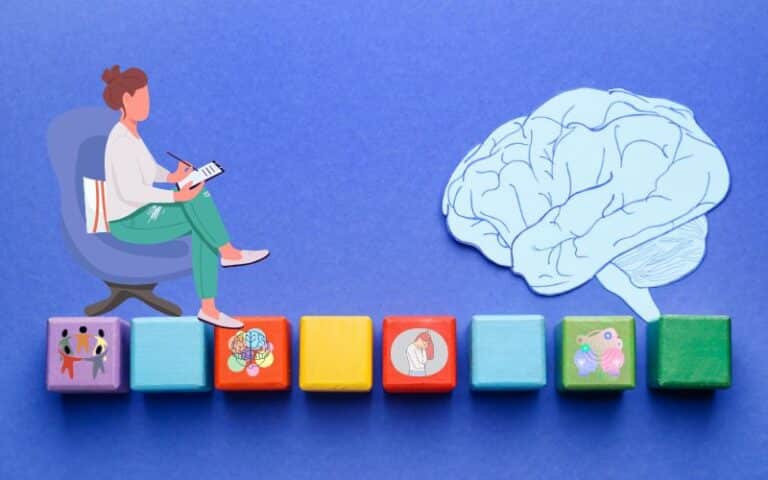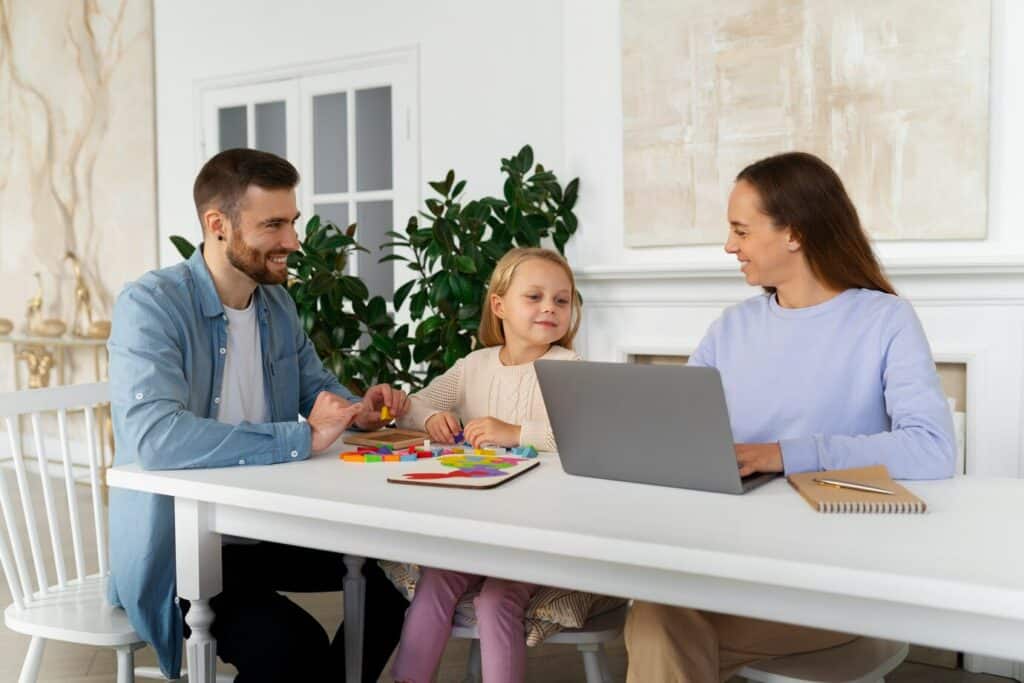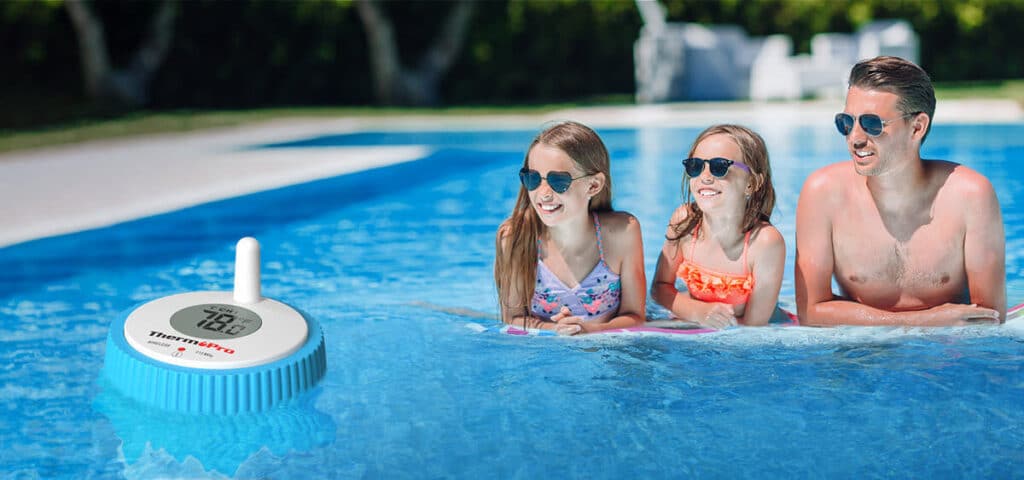Family travel can be full of unforgettable moments—giggly backseat games, scenic snack breaks, and spontaneous sing-alongs. But if you’re a parent who’s ever attempted to navigate a road trip, airport, or hotel room with young kids in tow, you know it also comes with its fair share of chaos.
From meltdowns in the security line to car seat challenges and nap schedules thrown to the wind, traveling with little ones is more than just packing extra outfits. It’s about creating comfort, managing expectations, and finding joy in the journey (even if someone’s shoes are on the wrong feet).
Whether you’re planning a cross-country drive or flying to grandma’s house, these stress-reducing tips will help you prep, pack, and power through travel with your kids—while keeping everyone as safe and happy as possible.
Plan With Purpose, Not Perfection
When traveling solo, spontaneity can be part of the fun. But with kids? Not so much. That doesn’t mean every moment must be rigidly scheduled, but having a solid plan can go a long way in keeping the day manageable.
Before your trip:
- Make a checklist of essentials for each child—clothes, medications, comfort items, and travel documents.
- Book accommodations that cater to families—like hotels with cribs, kitchenettes, or separate sleeping areas.
- Choose travel times that align with your kids’ natural rhythms. Early riser? Aim for morning departures. Napper? Drive during nap hours if possible.
You don’t have to plan every detail down to the minute, but identifying key stops, backup snack plans, and downtime windows can help reduce stress for everyone involved.
Pack Smarter, Not Harder
Let’s face it—packing for young kids feels like preparing for a week on a deserted island. The snacks! The diapers! The “just in case” gear! The key is learning what you really need (and what can stay home).
Here’s how to streamline:
Essentials to Include:
- Wipes and hand sanitizer: Multipurpose, always useful.
- Comfort items: A beloved blanket or stuffed animal can ease travel anxiety.
- Activity kits: Pack small, mess-free toys, coloring books, magnetic puzzles, or stickers in a reusable pouch.
- Snacks that travel well: Think cheese sticks, granola bars, fruit leather, and dry cereal in resealable bags. For healthy snack alternatives, smoothies, fruits, and vegetables also make great snacks for you and your family.
- Extra clothes (for you, too): Accidents happen. Be prepared.
When flying, make your diaper bag or carry-on a command center. Keep it organized with labeled pouches and a change of clothes easily accessible.
Safety First: Buckles, Boosters, and Beyond
Traveling with children also means navigating safety gear—particularly car seats and booster seats. If you’re flying and renting a car, be sure to ask whether a proper seat is provided, or consider bringing your own.
Even if you’ve installed your child’s seat a hundred times at home, travel can present new challenges: unfamiliar vehicles, different seatbelt configurations, and even varying legal requirements based on location. This is especially true if you’re crossing state lines or flying into another part of the country.
Car seat and booster seat laws differ from state to state, and many parents are surprised to learn that what’s acceptable in one area might not be in another. For example, some states have specific requirements for backless booster seats based on age, height, or weight. It’s important to know the local rules before you buckle up.
When in doubt, always default to what’s safest for your child—even if it’s not strictly required in that state. After all, a few extra minutes of setup is worth the peace of mind.
Prepare for the Unexpected (Without Panic)
No matter how carefully you plan, something will go off-script. A missed flight, a sudden fever, a diaper explosion two miles into the drive—these moments happen, and being mentally prepared for them is half the battle.
Try these mindset tips:
- Accept the messiness. Young kids don’t follow travel itineraries. That’s okay.
- Lower your expectations. A trip with kids is different from a trip without them. Embrace a slower pace and celebrate small wins.
- Add buffer time. Whether you’re headed to the airport or the zoo, tack on an extra 30 minutes. Trust us—you’ll use it.
Keeping a flexible, “we’ll figure it out” attitude can turn stressful moments into memorable stories (eventually).
Make Sleep a Priority (Even on the Go)
Overtired kids are cranky kids—and overtired parents aren’t much better. While you may not be able to fully replicate your home bedtime routine, bringing elements of it on the road can make a huge difference.
Pack a few sleep-supporting tools:
- White noise machine or app: Drowns out unfamiliar hotel or highway sounds.
- Blackout shades or window covers: Useful for naps in hotel rooms or rental homes.
- Favorite pajamas, books, or music: Familiar cues help kids wind down, even in new spaces.
Try to stick with normal sleep times when possible, and plan quiet time after busy days to prevent overstimulation. A good night’s sleep makes everything better.
Keep Them Entertained—Without Overpacking
Entertainment doesn’t have to mean screens (though a well-timed movie certainly helps). Here are a few creative options that take up little space:
- Audiobooks or podcasts: Great for car rides and easy to enjoy as a family.
- Surprise toy bags: Wrap a few new dollar-store toys or books and reveal them one at a time as needed.
- Games for the road or plane: Think “I Spy,” 20 Questions, or printable scavenger hunts.
- Stickers and reusable activity boards: Lightweight and engaging.
If you do use a tablet, preload apps, videos, and headphones before leaving, and bring a portable charger so you’re not left with a dead screen at meltdown o’clock.
Prioritize Connection Over Control
Sometimes, the best travel memories aren’t planned—they’re the unexpected roadside ice cream stops, the rain-soaked dance party, or the quiet moment when your child marvels at something brand new. If you’re willing to follow their curiosity and take things at their pace, travel becomes a shared adventure instead of a tightly managed schedule.
Let kids help:
- Choose between two snack options.
- Pick a rest stop game.
- Help “navigate” with a map or app.
Giving children small doses of responsibility can reduce resistance and build excitement. It also reminds you that the goal isn’t perfection—it’s connection.
Returning Home Smoothly
After a trip, kids (and adults) need time to transition. The excitement, stimulation, and changes in routine can linger even once you’re back on familiar turf.
Help smooth the return:
- Ease back into schedules by adjusting sleep and meals gradually.
- Unpack together so kids can feel part of the reset.
- Talk about the highs and lows of the trip—what they loved, what they learned, and what they’d do differently next time.
Use this time to rest, reflect, and maybe even start dreaming of your next adventure.
Traveling with young kids doesn’t have to be stressful—it just requires a little more prep, a lot more flexibility, and a sense of humor. Whether you’re navigating a long drive, flying for the first time, or exploring new destinations as a family, the key is to prioritize safety, create comfort, and focus on connection.
Because at the end of the day, it’s not just about getting there—it’s about enjoying the ride.
















